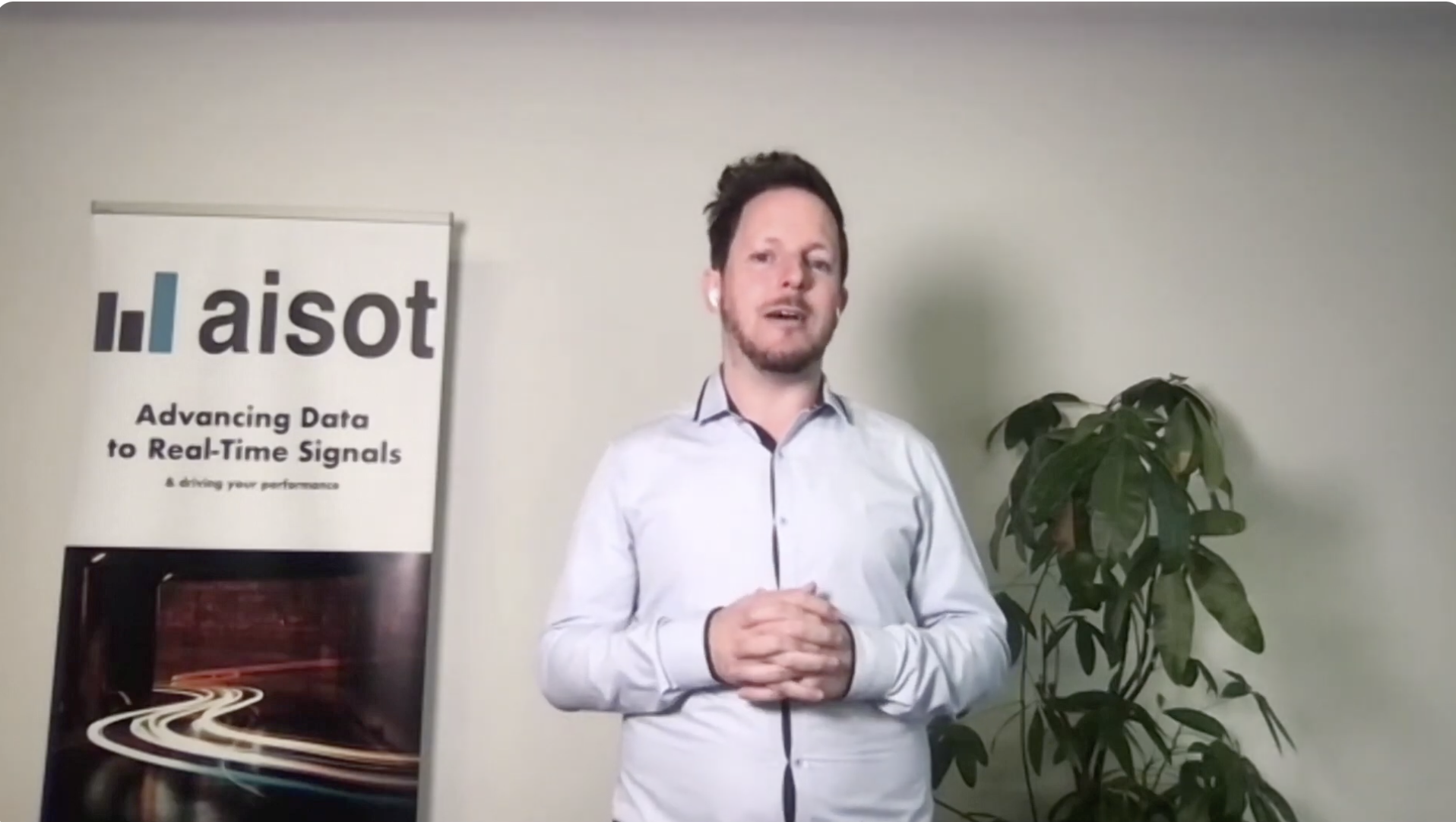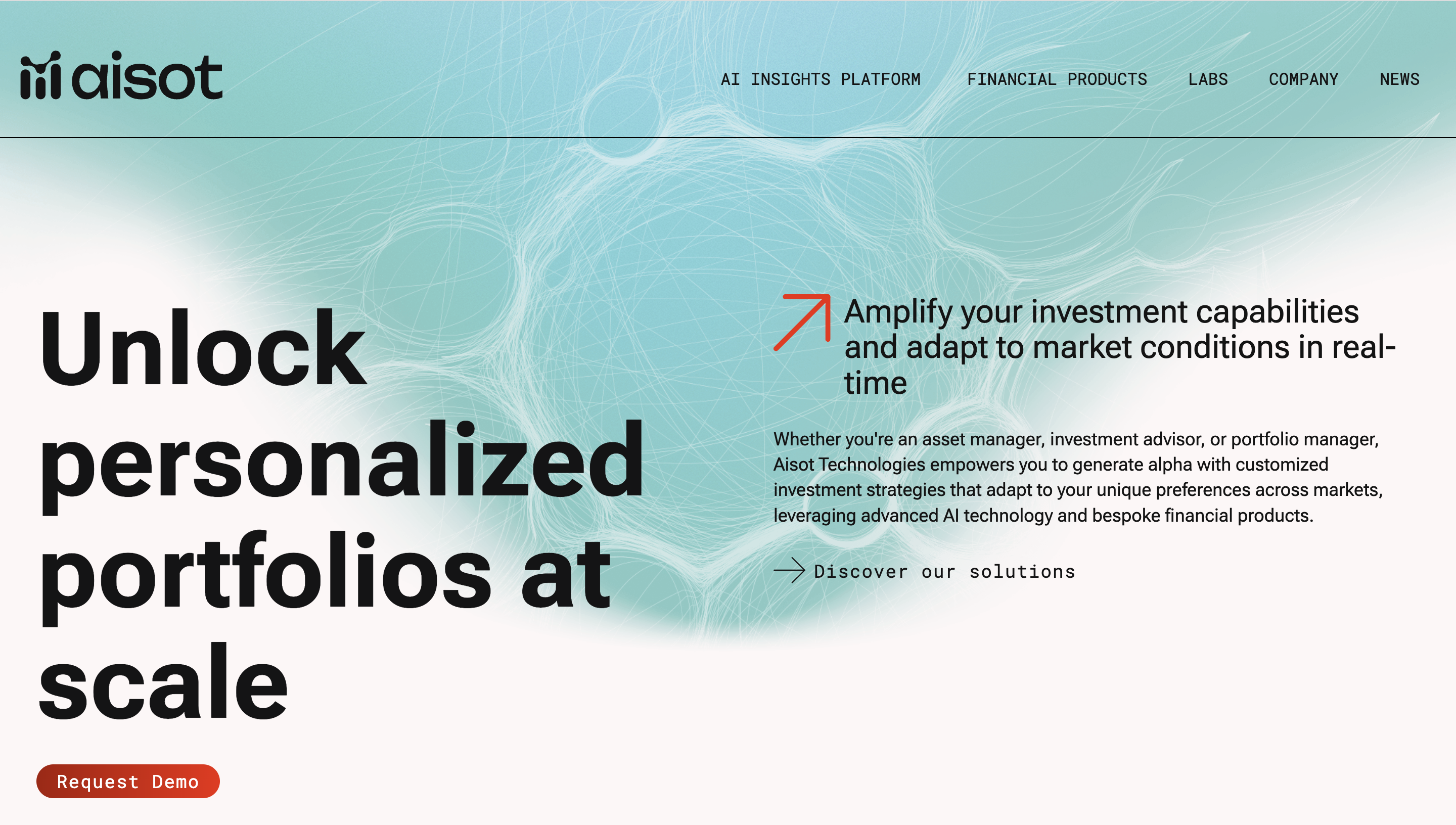
- Payments infrastructure company Finzly secured $10 million in Series A funding this week.
- The round was led by TZP Growth Equity. Finzly will use the capital to accelerate expansion.
- Finzly won Best of Show for its demos at FinovateWest and FinovateFall in 2020.
Payments infrastructure innovator Finzly has raised $10 million in funding. The Series A round was led by TZP Growth Equity. Finzly, which won Best of Show at FinovateWest and FinovateFall in 2020, will use the investment to accelerate expansion.
“Throughout Finzly’s history, we have carefully invested in disciplined and organic future growth by developing products and solutions that deliver value to our customers by simplifying their operations,” Finzly founder and CEO Booshan Rengachari explained. “This capital raise will enable us to further invest in our product roadmap built around the theme of providing real-time financial services demanded by today’s real-time economy, scaling our product delivery to maintain our high customer satisfaction rate.”
Finzly made its Finovate debut in 2019 and returned to the Finovate stage the following year. The company won Best of Show in the spring of 2020 and again in the fall. Finzly’s technology connects FIs with customers through a modern, digital banking experience and an efficient, real-time payments hub. The company’s “payments core” is a single platform that consolidates all payment rails, simplifying back-office operations and the customer journey. Finzly’s high automation rates enable banks to reduce operating expenses and offer friction-free payments. The company was among the first to offer an API connection to FedNow, the Federal Reserve’s new instant payment service.
Shamit Mehta, TZP’s lead partner on the investment called Finzly “a catalyst in the transition towards more agile and customer-centric banking experiences.” Further, Mehta added that Finzly was “well-positioned to drive significant advancements in how banking and financial services operate and will become a category-defining company.” As part of the funding, Mehta will join Finzly’s board of directors.
Finzly’s investment news comes in the wake of the company’s latest partnership. Metropolitan Commercial Bank, a New York-based financial institution with assets of more than $6 billion, turned to Finzly to enhance its payment operations for ACH, Fedwire, and FedNow. Earlier this year, banking platform Mode Eleven partnered with Finzly to transform its wire and ACH operations.
Headquartered in Charlotte, North Carolina, Finzly was founded in 2012.












